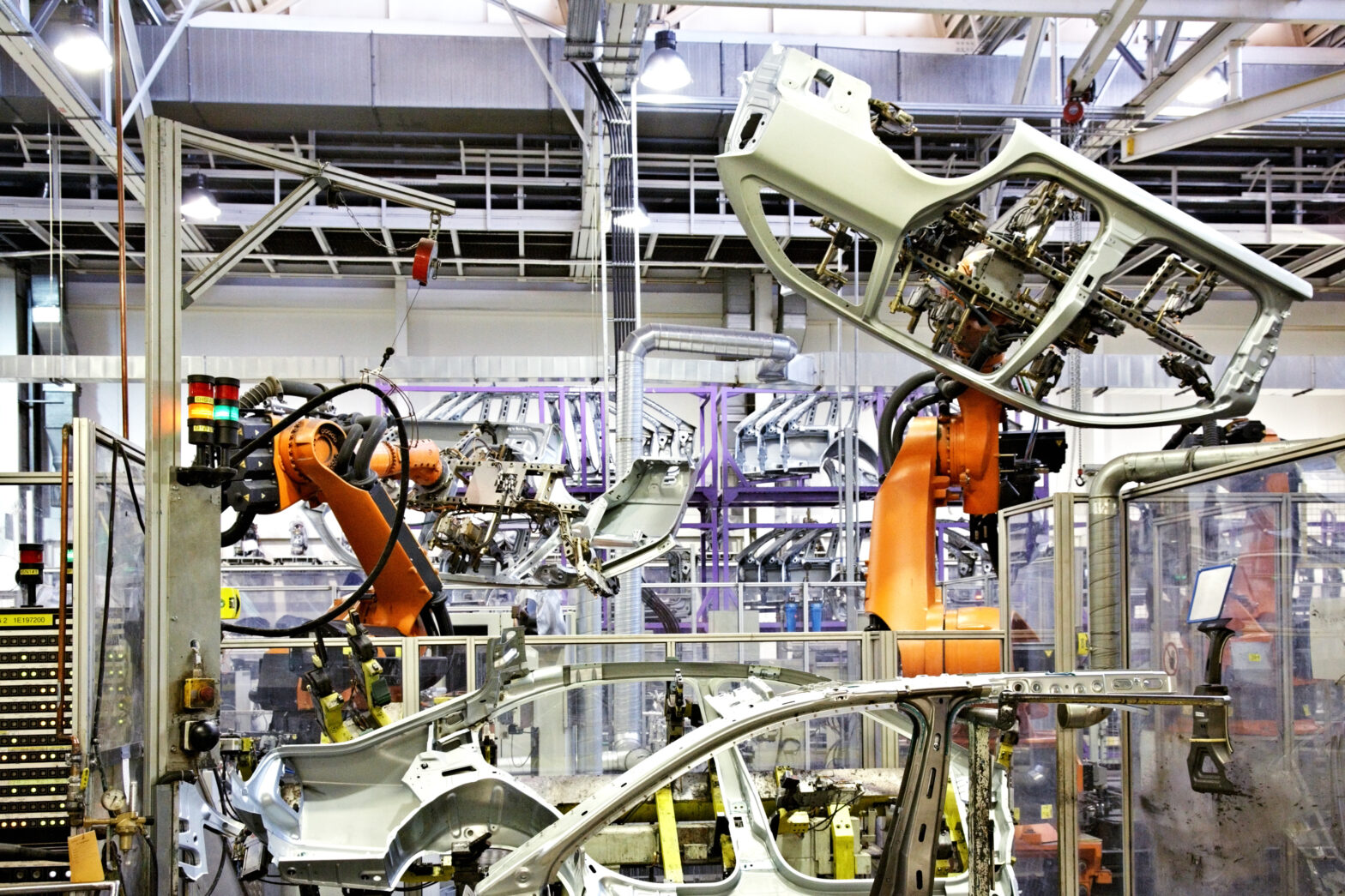1. A future on screen
As recently as 2010, augmented reality (AR) was just a hotly tipped computer trend in its infancy. Fast-forward five years, and the augmented reality and virtual reality hardware market is predicted to be worth $4 billion by 2018. Indeed, AR’s grasping everything from manufacturing to gaming and its reach will only widen in 2017. From now on, design engineering’s all about seeing it on screen, in context.
2. An engineering skills crisis
Engineering is a candidate-driven market and it’s no secret that the biggest challenge to the UK engineering sector right now is people. The UK needs 200,000 engineering graduates each year. That’s double the current number joining the sector, so it’s no wonder six out of 10 engineering employers see a shortage as a threat to their business. With such a shortfall, it raises the question why female engineers’ employment rate is so embarrassingly low – a mere 6%. But the lack of skilled men available for work should open the door for more career-minded women, and the sector certainly needs more women to survive.
>See also: How Industry 4.0 is changing human-technology interaction
3. Smarter manufacturing
How we’re designing new products is becoming a battle of the fittest. The pressure on designers and engineers to deliver everything yesterday means today’s professionals are multi-skilled: able to turn their hand from design, surfacing and modelling to simulation, costings and rendering. Multi-skilling’s come just as software’s evolved with integrated CAD/CAM software much more commonplace nowadays. CAD tightly integrated with CAM is most certainly the way forward.
4. A brave new world
Manufacturers have been operating in a knowledge vacuum for too long but big data’s ability to inform fact-based decisions, fast will soon prove irresistible. Also, ignore the Internet of Things in your products’ design phase and you won’t be around for long – IoT solutions are the biggest trend happening now.
5. Opportunity in openness
With CAD/CAM software now offering really well documented APIs for integration and automation, it’s now possible to automate all sorts of tasks and this brings exciting opportunities for Industry 4.0. We’ll see an age of smart factories that integrate the physical with the virtual, where manufacturers and machines will share information with the wider supply chain and where processes can be self-optimised, self-configured and even use artificial intelligence to complete complex tasks based on stronger data flows.
6. Mind games
It’s not a new concept, but gamification’s certainly new to manufacturing and here, as in many other sectors, it’s likely to be viewed with some scepticism. But with others now more comfortable with the concept, and seeing it as a solution rather than the next buzzword, it’s possible that manufacturing will be more readily accepting. If so, it could certainly help to address the big challenges that the UK now faces in productivity, training and recruitment.
7. A dramatic solution
Additive manufacturing is set to revolutionise businesses around the globe. We’ve heard this claim too many times about various trends that ultimately flopped, but with additive manufacturing now a very real and dramatic solution, more and more companies are designing ‘impossible’ parts that couldn’t have been made using traditional manufacturing techniques. In practice we can expect it to change many things, just not overnight. It’s also worth knowing that the UK Additive Manufacturing Steering Group predicts the UK is well poised to win up to 8% (£5 billion) of this rapidly growing market by 2020.
8. The robots are coming here
In 2017 the robots will no longer be coming, as hailed by many a headline over the past few years – they’ll be right here among us. Indeed, many already are. Robotic solutions are popping up all over the place and we can only expect to see more in the future. Needless to say this is a gripping topic and we can expect to hear much more debate on the societal, industrial and indeed economic implications over the coming months.
>See also: What are the business and security impacts of Industry 4.0?
9. Less costly mistakes
We’ve winced at some big product recalls recently and many are quite clearly down to a flaw in the design or testing phase. The further you go along a new product development route, the more expensive a design change becomes. Computer-aided design and simulation can help in the process, as changes are relatively cheap at this stage. But late recalls, such as those by Audi and Samsung, inevitably come at a cost. In the future, manufacturers should take even more care in the early stages of design in order to avoid such expensive mishaps.
10. Uber for manufacturing
On-demand manufacturing for custom prototypes and low volume production parts is one of the fastest growing areas in the industry thanks to advances in additive manufacturing. Software providers now offer instant quotes, lead times and manufacturing feedback for a wide range of processes including CNC machining, 3D printing, sheet metal fabrication and urethane casting.
Sourced from Ian Weston, director, New Technology CADCAM










